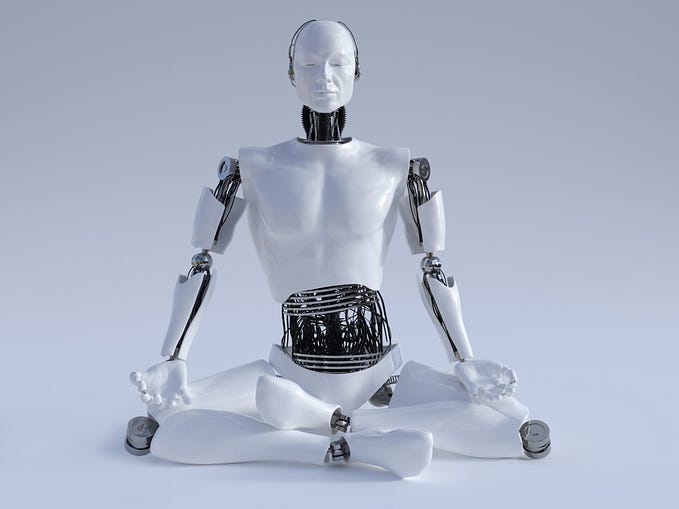Member-only story
How colored LED lights can make you cut back on kilowatts
About half of all electricity is wasted — which means there are big climate wins to be made in solving it. Displaying energy consumption with a light that glows red when people using too much, and green when they use less, gets people to reduce their energy use without even noticing they are doing it.
Environmentalists often decry that asking people to “switch the lights off” is too simple an ask to stop the climate crisis. Meanwhile, about half of all electricity is wasted and 1900 gas and 241 coal power stations across the USA burn fossil fuels to create the kilowatts that power all those lights, appliances, and HVAC systems.
I spoke with professor of cognitive psychology, Jaap Ham, on the How to Save the World podcast about his research showing that colored light (red light=bad, yellow light=ok, green light=good) is one of the most effective ways to influence people to reduce their energy consumption. Here’s what he had to share.
1. It’s called “Persuasive Technology”

All around us technology is designed to influence our behavior. It comes in the form of smartphones notifications, big screens, little screens, outdoor screens, audio chimes, colored LED lights, digital smiley faces, text messages, or any way that technology can be used to try and push someone to do something. It might be the chime that reminds you to put your seatbelt on, an app that notifies you of your sleep patterns, or an electronic speeding sign that displays your car’s speed and asks you to slow down.









